Peacebuilding think tank in Nigeria, Foundation for Peace Professionals also known as PeacePro has called on global bodies, academic institutions, and research groups to stop categorizing North African countries with the Middle East under the acronym of MENA (Middle East and North Africa).
PeacePro also said that such conflicting categorization by global bodies such as World Bank, World Health Organisation and others is creating no existing barrier between North African Countries and the rest of Africa, thereby making it difficult to see Africa as one and creating social, economic and psychological integration in the continent.
The Executive Director of PeacePro, Mr Abdulrazaq Hamzat while engaging Institute of Economics and Peace (IEP), the producer of global peace index on the popular social media platform Twitter, questioned the rationale for using such categorization in the global peace index report.
“Why is Africa usually divided into 2 on the global peace index report? Hamzat asked, adding that this division has consistently raised questions in our sessions at Foundation for Peace Professionals (PeacePro).
The IEP ambassador also stated that his organization is currently working on an African-based enlightenment report, which is an extract from the global peace index, to create further awareness on GPI report and the extraction of North Africa to Middle East in the Global Peace Index report has been a major point of contention, making it difficult to visualize Africa as one continent, with its data scattered across different regions.
Responding to Hamzat’s inquiry on Twitter, IEP Global Peace Index notes that, for regional analysis, IEP splits Africa into sub-Saharan Africa and MENA. This is consistent with the world bank grouping, it said.
However, Hamzat further noted that, although this is indeed consistent with other categorization including that of “the WorldBank as you have rightly pointed out, we are still yet to understand the rationale for such categorization and we are open to enlightenment on the subject.
It is important to note that, in politics and academia, north African countries are commonly grouped with the Middle East under the umbrella of MENA, a development that has been questioned by many people, including in North Africa.
As a regional identifier, MENA is often used in academia, military planning, disaster relief, media planning (as a broadcast region) and business writing.
However, there is no MENA region amongst the United Nations Regional Groups, nor in the United Nations geo-scheme used by the UNSD.
Different global bodies define and categorize MENA differently.
According to a 2003 World Bank geo-classification, MENA consists of 21 countries, including 6 African countries, plus one country in East Africa, Djibouti.
Similarly, in a 2010 UNHRC report, MENA was defined as a group consisting of 18 countries, including a country in West Africa, Mauritania.
In another report by UNAIDS in 2019 quoting UNICEF, MENA was classified as a group of 20 countries with 8 African countries. Also, An International Monetary Fund (IMF) report also defines MENA as a group of 24 countries, with 9 African countries spread across North, East and West Africa.
Hamzat maintained that the balkanization of Africa in global reports by different organisations not only amounts to disrespect for the continent but also frustrates efforts at harmonizing the continent’s data and creating cohesion for continental development.

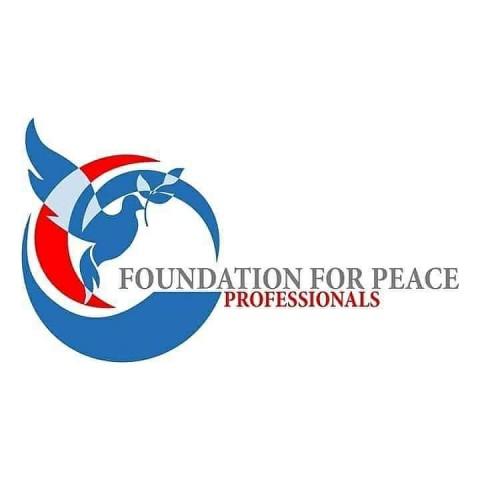



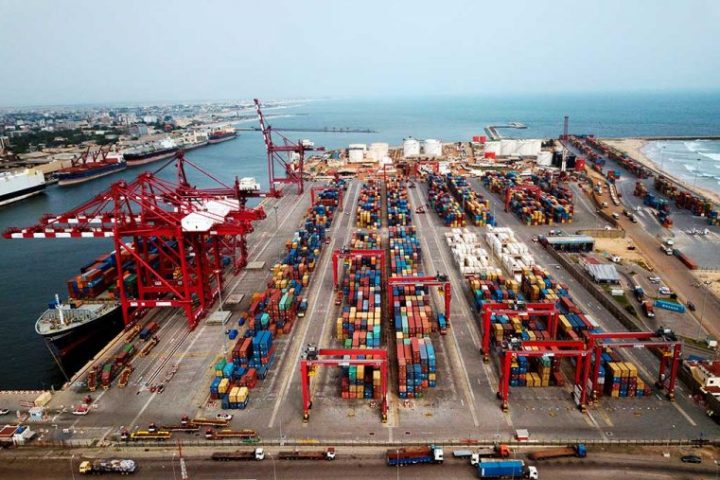


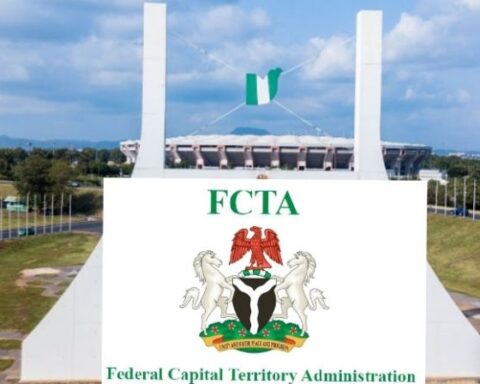
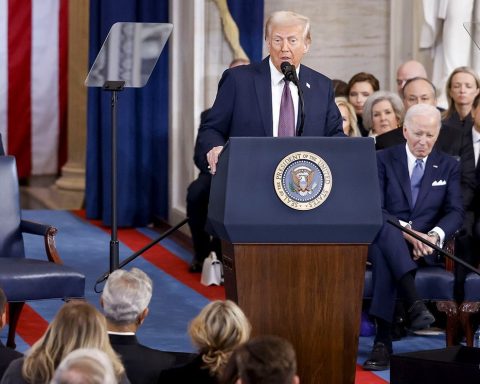
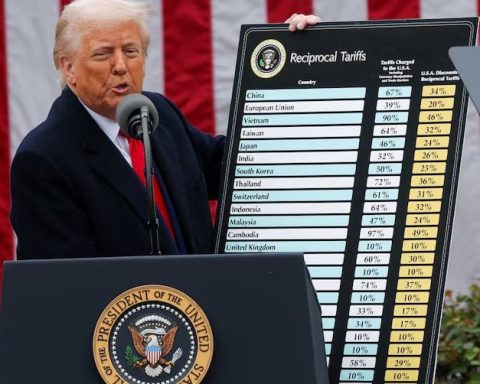



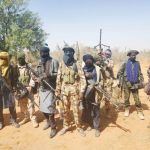
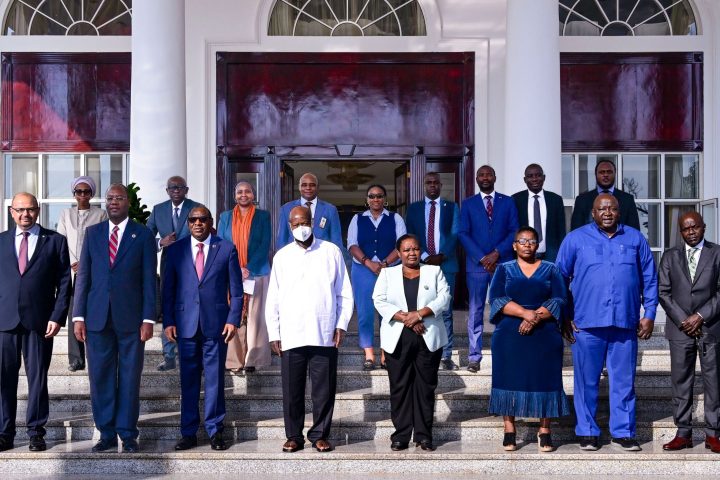
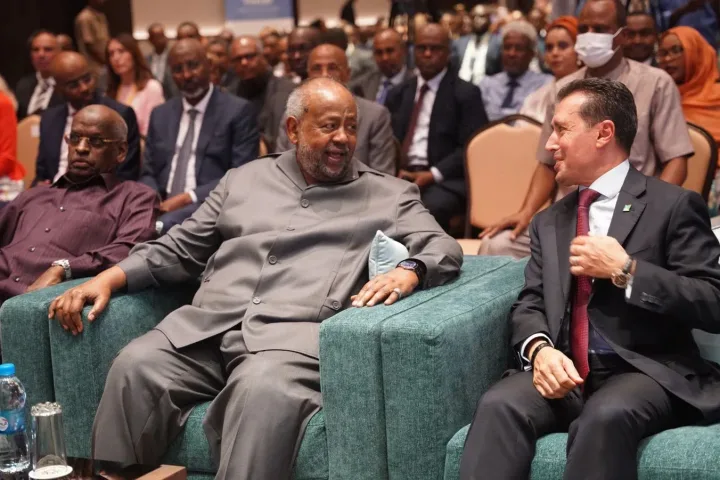

Follow Us